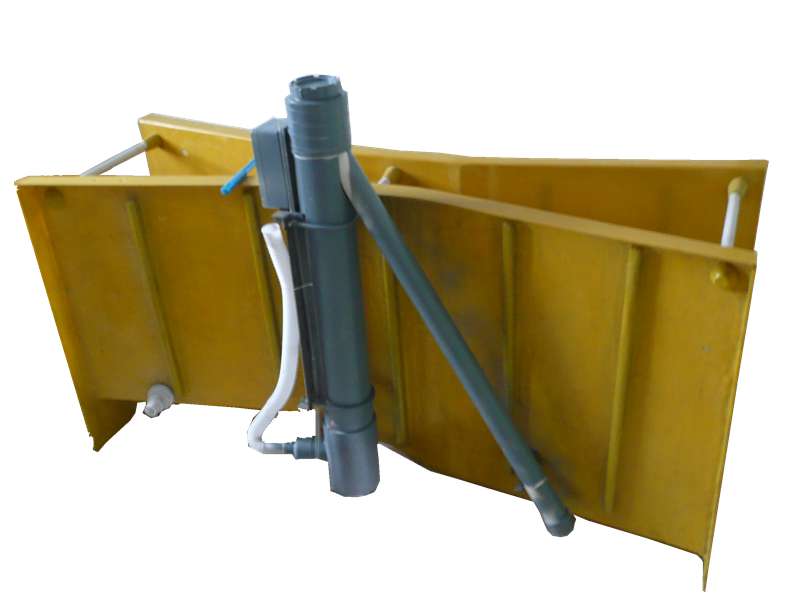
-
 Afrikaans
Afrikaans -
 Albanian
Albanian -
 Amharic
Amharic -
 Arabic
Arabic -
 Armenian
Armenian -
 Azerbaijani
Azerbaijani -
 Basque
Basque -
 Belarusian
Belarusian -
 Bengali
Bengali -
 Bosnian
Bosnian -
 Bulgarian
Bulgarian -
 Catalan
Catalan -
 Cebuano
Cebuano -
 China
China -
 China (Taiwan)
China (Taiwan) -
 Corsican
Corsican -
 Croatian
Croatian -
 Czech
Czech -
 Danish
Danish -
 Dutch
Dutch -
 English
English -
 Esperanto
Esperanto -
 Estonian
Estonian -
 Finnish
Finnish -
 French
French -
 Frisian
Frisian -
 Galician
Galician -
 Georgian
Georgian -
 German
German -
 Greek
Greek -
 Gujarati
Gujarati -
 Haitian Creole
Haitian Creole -
 hausa
hausa -
 hawaiian
hawaiian -
 Hebrew
Hebrew -
 Hindi
Hindi -
 Miao
Miao -
 Hungarian
Hungarian -
 Icelandic
Icelandic -
 igbo
igbo -
 Indonesian
Indonesian -
 irish
irish -
 Italian
Italian -
 Japanese
Japanese -
 Javanese
Javanese -
 Kannada
Kannada -
 kazakh
kazakh -
 Khmer
Khmer -
 Rwandese
Rwandese -
 Korean
Korean -
 Kurdish
Kurdish -
 Kyrgyz
Kyrgyz -
 Lao
Lao -
 Latin
Latin -
 Latvian
Latvian -
 Lithuanian
Lithuanian -
 Luxembourgish
Luxembourgish -
 Macedonian
Macedonian -
 Malgashi
Malgashi -
 Malay
Malay -
 Malayalam
Malayalam -
 Maltese
Maltese -
 Maori
Maori -
 Marathi
Marathi -
 Mongolian
Mongolian -
 Myanmar
Myanmar -
 Nepali
Nepali -
 Norwegian
Norwegian -
 Norwegian
Norwegian -
 Occitan
Occitan -
 Pashto
Pashto -
 Persian
Persian -
 Polish
Polish -
 Portuguese
Portuguese -
 Punjabi
Punjabi -
 Romanian
Romanian -
 Russian
Russian -
 Samoan
Samoan -
 Scottish Gaelic
Scottish Gaelic -
 Serbian
Serbian -
 Sesotho
Sesotho -
 Shona
Shona -
 Sindhi
Sindhi -
 Sinhala
Sinhala -
 Slovak
Slovak -
 Slovenian
Slovenian -
 Somali
Somali -
 Spanish
Spanish -
 Sundanese
Sundanese -
 Swahili
Swahili -
 Swedish
Swedish -
 Tagalog
Tagalog -
 Tajik
Tajik -
 Tamil
Tamil -
 Tatar
Tatar -
 Telugu
Telugu -
 Thai
Thai -
 Turkish
Turkish -
 Turkmen
Turkmen -
 Ukrainian
Ukrainian -
 Urdu
Urdu -
 Uighur
Uighur -
 Uzbek
Uzbek -
 Vietnamese
Vietnamese -
 Welsh
Welsh -
 Bantu
Bantu -
 Yiddish
Yiddish -
 Yoruba
Yoruba -
 Zulu
Zulu
frp fan
The Rise and Appeal of FRP Fans
In the realm of industrial and commercial ventilation, the significance of effective air movement solutions cannot be overstated. Among various options, FRP (Fiberglass Reinforced Plastic) fans have emerged as a preferred choice for many applications. Known for their durability, resistance to corrosion, and lightweight nature, FRP fans offer a wide range of advantages over traditional metal fans. This article delves into the benefits, applications, and future prospects of FRP fans, highlighting why they are increasingly favored in various sectors.
One of the most notable advantages of FRP fans is their exceptional corrosion resistance. Unlike metal fans, which can succumb to rust and degradation in harsh environments, FRP fans are designed to withstand exposure to moisture, chemicals, and other corrosive substances. This makes them particularly suitable for industries such as wastewater treatment, chemical processing, and marine applications, where moisture and corrosive agents are prevalent. The longevity associated with FRP fans translates to lower maintenance costs and reduced downtime, allowing businesses to operate efficiently.
The Rise and Appeal of FRP Fans
Another compelling feature of FRP fans is their design flexibility. Manufacturers can produce FRP fans in a variety of shapes and sizes to meet specific airflow and pressure requirements. This customization ensures that businesses can optimize their ventilation systems according to unique operational needs. Moreover, advancements in FRP technology have led to the development of fans that can efficiently handle high volumes of air while maintaining a low noise profile, an essential factor for environments where noise levels must be controlled.
frp fan

Furthermore, the energy efficiency of FRP fans is worth noting. As organizations increasingly prioritize sustainability and reducing their carbon footprints, energy-efficient solutions are in high demand. FRP fans, with their aerodynamic designs, can minimize energy consumption while maximizing airflow. This not only contributes to lower operational costs but also aligns with the growing emphasis on green practices in industrial settings.
The applications of FRP fans extend beyond just traditional industrial uses. They have gained traction in sectors like agriculture, where ventilation is crucial for greenhouse operations, and in HVAC systems for both residential and commercial buildings. The ability to resist moisture and chemicals makes FRP fans suitable for a variety of environments, opening up new opportunities in different markets.
Looking ahead, the future of FRP fans appears promising. As industries continue to evolve and environmental regulations become more stringent, the demand for durable, efficient, and sustainable ventilation solutions is expected to rise. Innovations in FRP materials and manufacturing processes will further enhance the performance and applicability of FRP fans, positioning them as a leading choice for ventilation in various industries.
In conclusion, FRP fans offer a robust solution for air movement challenges across multiple sectors. Their resistance to corrosion, lightweight nature, design flexibility, energy efficiency, and broad application potential make them an attractive option for businesses seeking reliable ventilation solutions. As technology progresses and the push for sustainability strengthens, FRP fans are set to play an increasingly vital role in shaping the future of industrial and commercial ventilation systems.









